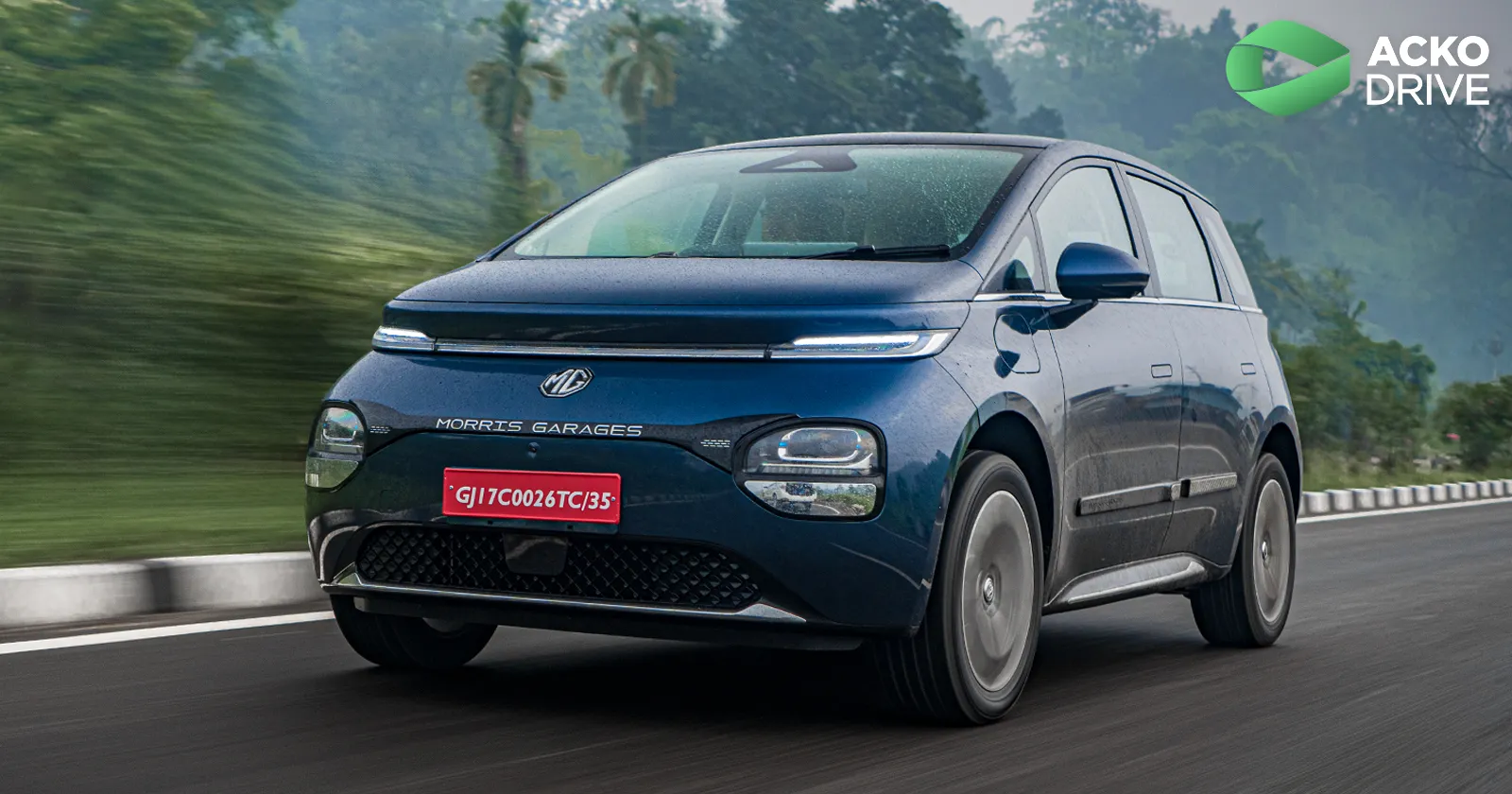JSW MG Motor India has announced a price revision for its top-spec MG Windsor EV Essence Pro variant, increasing its ex-showroom price by ₹21,000. This latest adjustment takes the price of the flagship electric SUV to ₹18.31 lakh (ex-showroom). While other variants of the popular Windsor EV remain unaffected, this move underscores a growing trend of price hikes within the Indian electric vehicle (EV) market.
Recent Price Adjustments from MG Motor India
This isn’t the first time MG Motor India has tweaked its pricing strategy this year. The company had previously announced a general price increase of up to 1.5% across most of its portfolio, effective July 1, 2025. This affected models like the MG Comet EV, ZS EV, Astor, Hector, and Gloster. Notably, the MG Comet EV had already witnessed two price hikes in 2025, with increases of up to ₹15,000 depending on the variant, and even its Battery-as-a-Service (BaaS) subscription fee saw an upward revision.
While MG Motor India had, at times, offered selective discounts, such as a significant price cut of up to ₹4.44 lakh on the ZS EV to celebrate its 6th anniversary in India, the overall trajectory for EV prices from the manufacturer has been on the upward trajectory.
Broader Trends in the Indian EV Market
The price hike by MG Motor India is reflective of a larger trend observed across the Indian automotive landscape, particularly within the nascent yet rapidly growing EV segment. Several carmakers, including Maruti Suzuki, Tata Motors, Kia, Hyundai, and Mahindra, have implemented price increases across their lineups in 2025, with many citing similar reasons.
Reasons Behind the Price Hikes: A Complex Web
The primary drivers for these escalating prices, as frequently articulated by manufacturers, are multifaceted:
- Rising Input Costs: The global supply chain continues to face challenges, leading to increased costs for raw materials crucial to EV manufacturing. This includes metals like lithium, cobalt, and nickel, which are essential components of EV batteries.
- Battery Costs: Despite advancements in battery technology and efforts towards localization, the battery remains the most significant and expensive component of an EV. A large portion of these critical battery cells are still imported, primarily from China, leading to higher costs.
- Macroeconomic Pressures: Broader economic factors, including inflation and currency fluctuations, also contribute to increased manufacturing and operational expenses for automakers.
- Semiconductor Shortage: The ongoing global shortage of semiconductor chips, vital for the numerous electronic control units (ECUs) in modern EVs, continues to impact production costs and efficiency.
- Technological Advancements and Features: As EVs evolve, they are increasingly equipped with advanced features like Level 2 ADAS (Advanced Driver-Assistance Systems), Vehicle-to-Load (V2L), and Vehicle-to-Vehicle (V2V) charging capabilities, which naturally add to the cost of the vehicle. The MG Windsor EV Essence Pro, for instance, boasts these premium features.
- Gradual Reduction in Subsidies (Potential Future Impact): While not directly cited for the current hikes, there have been discussions from government officials, including Union Minister Nitin Gadkari, hinting at a potential future reduction or cessation of EV subsidies. Such a move, if implemented, would directly impact the final price for consumers, making EVs less affordable in the short term.
Impact on Consumers and the Road Ahead
For prospective EV buyers, these recurring price adjustments mean a higher initial investment. However, manufacturers are striving to offset this by emphasizing the long-term cost benefits of EV ownership, such as lower running costs due to cheaper electricity compared to fossil fuels, and reduced maintenance.
Despite the price increases, the Indian EV market continues its growth trajectory, driven by increasing environmental awareness, rising fuel costs, and significant developments in charging infrastructure. As companies continue to invest in local manufacturing and battery technology, the industry hopes to achieve greater cost efficiencies in the future, making electric mobility more accessible to a wider demographic.


